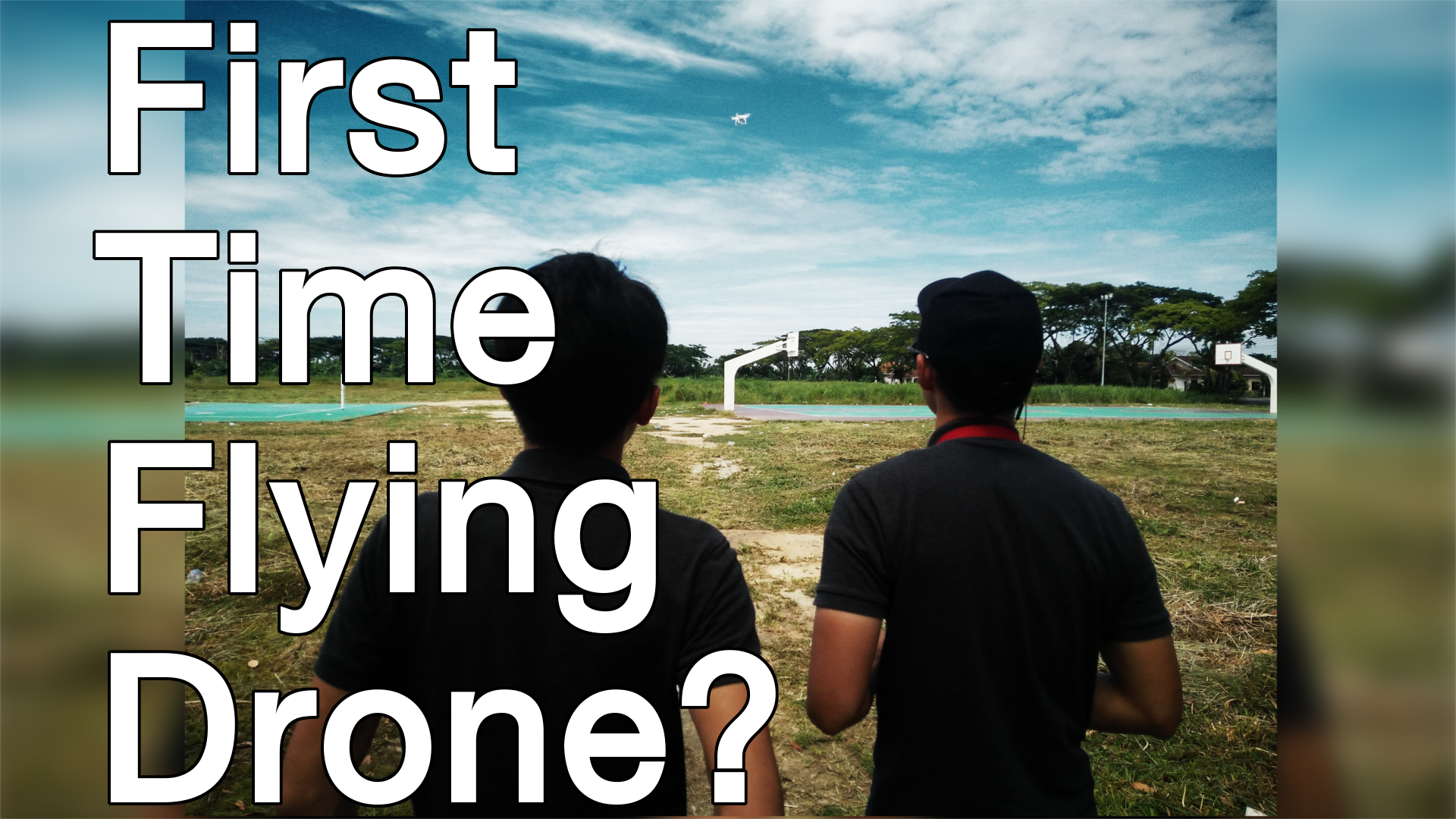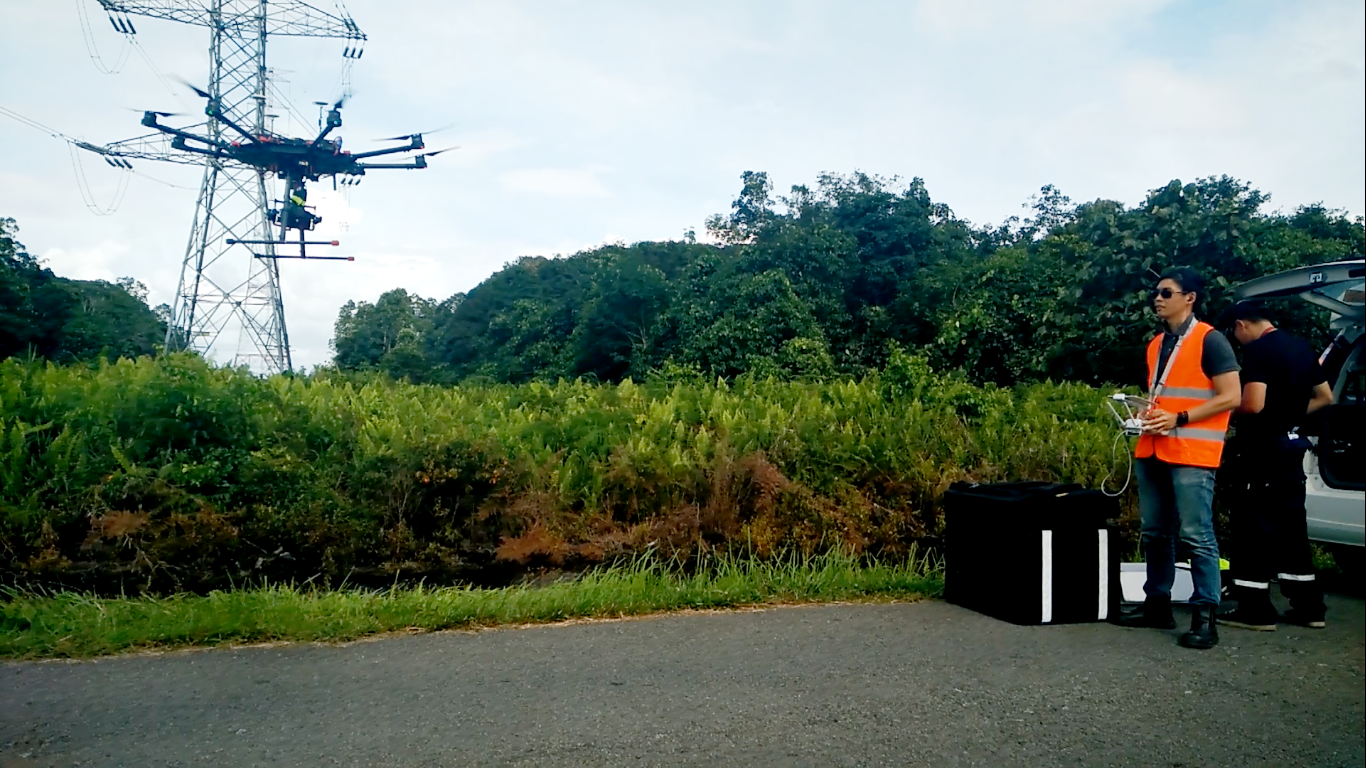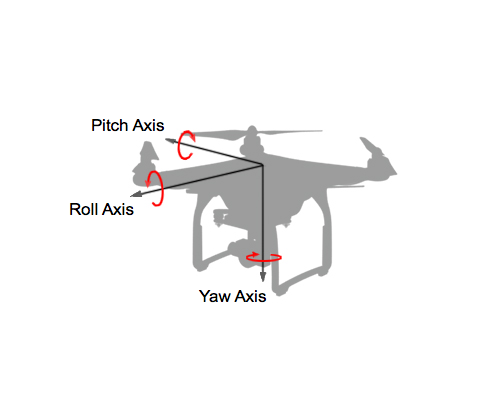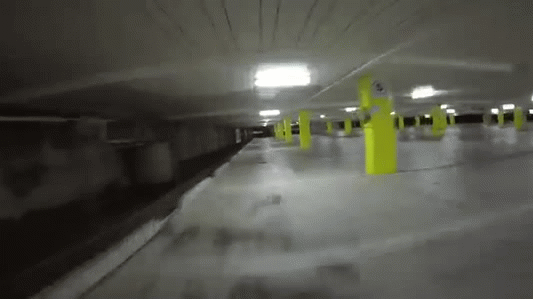3 Basic Tips for a Drone Beginner - From a Professional

Hey Steemians!
So recently @vaelriey was telling me "since you freelance as a drone pilot, why not talk about it?"... hmmm, well all these while i did not really shout my vocation on the interwebz street was probably due to me being used to keep silent about it after signing stuff like NDA and NCA, and all that jazz..
Well after reading my drafts I figured I wont be breaking any agreements i signed so why not?
I would also like you all to know that this post was inspired by the videos I watched from @polebird's first flight with the Mavic Pro as well as @spenceryan's amazing drone film with the Mavic Air, not to mention reading about the thoughts of Malaysia's very own Steemian Photographer @joshuakhoo on flying drones. Maybe it's high time I jump in the Steemit droners scene as well.

Foreword : A Drone Pilot
.png)
So why do I even think I'm qualified to to give tips? It's not like ever posted any drone videos.. vids or it didnt happen right?
Well..... I can't say my work isn't floating around in the internet. Only I can't say which, NDA remember?
The following are some basic tips and stuff you need to remember the next time you whip out your spinning blade machine. Keep in mind that these are basic drone operation. I'm not talking about the intricacies of drone filmography as of yet.
Direction and Orientation
First thing first!
So say you're flying your drone. Imagine asking these questions...
What do you call the camera side? What do you call the butt side, Where the light is blinking? Which is left? Which is right?
You can already feel the confusion right? Is there any way to make it less confusing?
Flying a drone is akin to flying a helicopter. Only it has more than 2 spinning rotors and they're all facing upwards. Navigation is almost similar and it's terms has been adopted into the drone industry as well.

So, there are standardized terms used when controlling your drone's flight. Because saying "go left" is just inviting trouble. Which left? Yours? The drone's? And what go? Turn? Strafe? Know what I mean?
To avoid confusion, familiarize yourself with the terms above. To make it technical, a drone travels by rotating itself on 3 axis plus along the x axis. Capable of moving in 4 different vectors. Rather than only 2 when driving a car or walking. Hence the terms. Which is why these terms are used in the industry as a standard term.
4 terms.
Pitch (front/back)
Roll (left/right)
Throttle (up/down)
Yaw (left/right)
And when there is no movement, it's called "Hover".
Remember that these terms are relative to the drone. Which will come in handy when talking about

Simply said,
When butt facing you = Tail-in
When camera facing you = nose-in
When side facing you = side-in (to the left/right relative to Pilot in command)
Being in different orientation will change the drone's direction of travel relative to you. When you're flying nose-in, pitching forward will push the drone hurling in your direction.
Being familiar to the 4 basic orientation and how the sticks will drone relative to you will equip you to to think on your feet as you are flying your drone.
Knowing to fly a drone in different orientation may mean the difference between a crash and a save. Losing GPS signal whilst flying your drone happens all too often, magnetic interference can affect your drone Autopilot function. Or a sudden change of environment may happen while your drone is in the middle of a pre-programmed autonomous flight. It is in these moments you should be able to "catch" the drone and bring or to safety if you want to call yourself a competent pilot. Which may entail you to fly the drone while it is facing in the least convenient direction
Stick movements
This may look very rudimentary, but your sticks are the very core of flying a drone. It is the sole point of control between you and the drone. What people understand as "drones" are actually a system of modular components consisting of a minimum the craft, the pilot, and the control (what is called Ground Control System) where the sticks are located. Contrary to what most consumers thinks, there are a few nuances in the sticks that makes the hallmark of a competent pilot.
Never go full speed!
When flying drones for filmography - which I assume is what you have in mind, flying fast should never be a priority. Unless you are zooming around in custom racing drones, this will apply to you. Much as anyone wants to push to the limits. It may not be wise to push your sticks to the max.

Flying too fast makes for lousy footage. Not only that, having the habit of revving up your motors may overwork them and wear away their integrity sooner than usual.
Also one point to note. Going full speed is especially dangerous when your drone is descending. This is in part due to a phenomenon called the Vortex Ring State, or Settling With Power. This is when the wind blows juuuust riiight, and your drone falls from the sky like a potato. Don't think it won't happen to your latest shiniest drone, this can happen even to a Black Hawk fighter chopper. One way to increase the chance of a VRS is by hitting a tailwind or descending as fast as possible. And since you want to avoid it, don't do the above.
Pre-flight planning

A typical consumer drone can only fly safely for 25 minutes max, no exception. So every second counts. The worst thing a pilot can do when the drone is midair is asking himself "hmmm what I do next?" (admittedly, this can be applied to other fields in life too).
Plan. Your. Flight.
what are you shooting? how would your end result look like? where are you flying? laws and regulation? what time are you flying? weather forecast? what are some structures nearby? any other flying objects around? These are the basic points to note for any type of flights, of course there are more to consider when the stakes are higher.
Flying at noon or sunset gives a totally different end result even with the same settings. There is a Term dubbed "The Golden Hours", which is during the sunrise or sunset. For non time-critical shoots, its better to take your time and shoot during these hours, especially if you're aiming for cinematic shots.
Take note to also to plan a flight path of your drone and stick to it when you're flying. Utilize your battery capacity to the fullest to avoid waste. Flying clueless in the sky may risk you hitting low battery mid shoot, which if you drag on may hurt your battery.

There's so much to talk about when it comes to flying drones properly and safely. Anyone can buy a drone and fly it these, even so, they need to learn how to do it like a pro. I'll probably share more tips and tricks in the future about flying drones. Because one needs to learn to fly a drone first before thinking about taking good drone pics and vids right?


Kristian Kho [Ian] is a 24 year old freelancer with a passion for steem and a deep desire to be a better person in every aspect. I aim to express any and all my thoughts on things that I find interesting as well as using this platform as a self-development log.
I am a part of #Teammalaysia, a decentralized community initiative that aims to empower local creatives and content creators specifically in Malaysia to create content through the Steem Blockchain.
If you want to stalk me, check out my other social media accounts too!





i love all these tips!! i'm looking for a drone to buy, and there is one guy near to me selling a Phantom DJI 2 , do you recommend that drone for me? i'm new in this drone things
wow Kristian is here. good post
Hey! Havent seen you around here for a long time!
My friend and I bought a tiny drone but thinking is easy to control it but it keeps crashing on the wall. The battery is a huge issue and can't have a fullness of satisfaction flying it. Hopefully the developer able to enhance the lifespan of the battery in the future. I don't recommend anyone flying this in the public area if they do not have the license. It can be very dangerous if it runs off the battery and falls down.
That should be common knowledge at some point in the future. But as of now its still pretty much the wild west here in malaysia when it comes to drones, even with laws in place.
hmm most likely is because the tiny drone you bought do not have much flight assistance built, probably only a basic IMU and maybe barometer. More expensive consumer drones might have more redundancy in place but will still crash into walls if the pilot doesnt know what they're doing.
The one hurdle in battery efficiency is the physical limit of energy storage/release potential in the chemicals inside the battery. Most drone batteries are made of Lithium Polymer and although they are the best batteries we have now in terms of cost and efficiency, there are still possible improvements to be made but the newer chemical pairs are much much more unstable unless we can come up with a way to contain the energy release.
There is an interesting (though nerdy) video on what is the absolutely theoretical limit on battery storage here
Love the nerdy video. Lol
This is a good guide. I never had any training in flying drone but mostly i fly the small ones for fun. Not even serious in doing it because I'm sucks at videography. This could be a good series of guide drone flying though. You should keep it up...
I have just that in mind... Thanks for the feedback!
I do think that good consumer drones nowadays are a must-have if a filmmaker wants to step up their game.. while i do fly drones as a trade, videography is actually also something im very new at.. excited to learn things in tandem and maybe even post my progress on it.
Informative write-up bro! Might come in handy soon. :D
NIce!! lemme know which drone you'll be buying soon!
Sure :)
their is always a first time , and its always fun, i do drone photography and i remember the first time i almost destroyed the drone
lucky you didnt actually destroy your drone! start with small hovers, get comfortable before you start flying at heights
Great work
Nice post and sharing about drone..
Upvote and follow you
Regards
@hadimemories
Organizer The Flying Photographer Contest & Steemit Drone Lovers - Community
Awesome write up man. Admittedly I have no clue what to call the directions of the drone except erm Up and Down, Forward and Backwards, and Spin in place?Strafe? So it should be Throttle up/down, Pitch forward/backwards, Yaw right/left, Roll right/left. I normally fly alone (yes I should have a spotter as a beginner, but I don’t so I go really slow, land often and have 3 batteries) so I always just speak to myself
It's safer to fly with a spotter, because otherwise its hard for one to keep an eye on the drone while trying to capture the best footage.
Thank you for the sharing bro. Hoping soon I can get one and maybr statrted to step into this line.